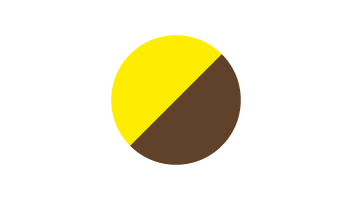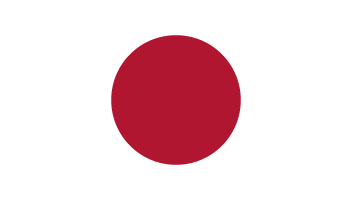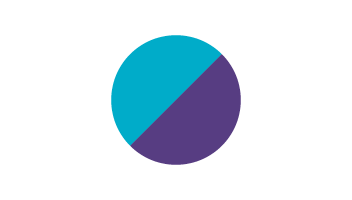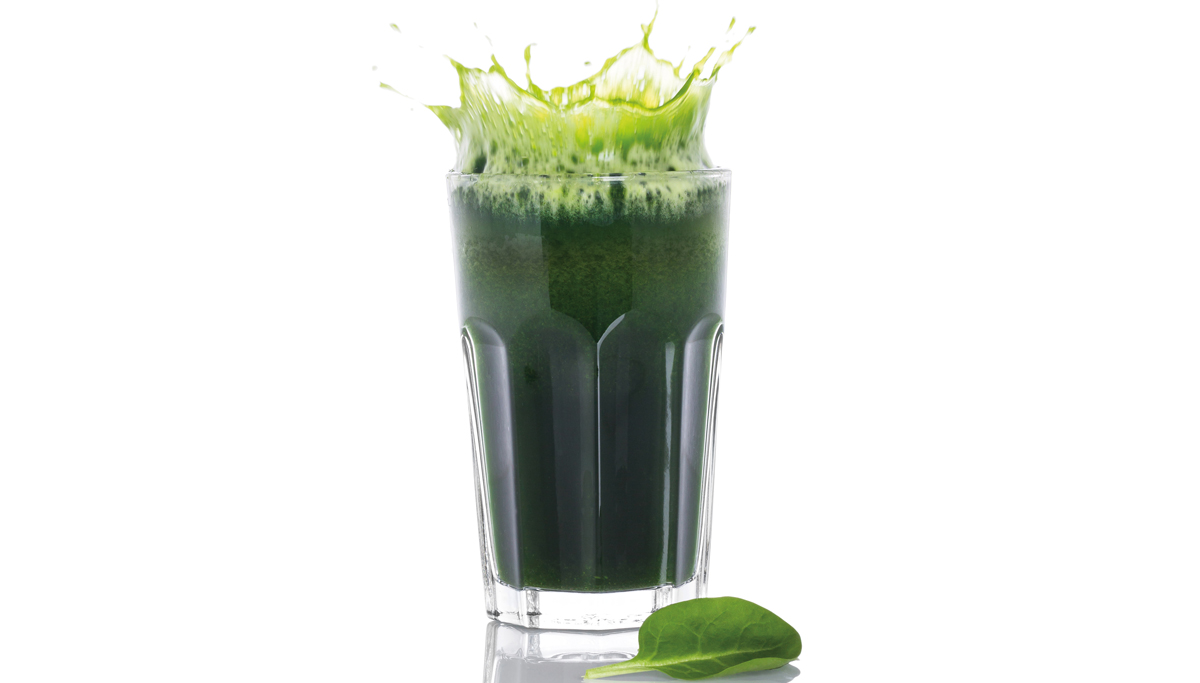Readers ask, we answer:
What does the color of my tongue mean?
Your tongue color can say something about your overall health. A healthy tongue can range in color from light pink to light red and is covered with tiny bumps called papillae that give it a rough texture and help you eat, speak, taste and clean your mouth. If your tongue is a different color for more than a day or two, it could be a sign of a health problem.
Red can indicate a fungal infection, inflammation, diabetes or a deficiency of vitamins and minerals such as B-12, iron and folic acid. Some conditions that change the tongue’s texture and appearance may also cause red patches. Research shows that a swollen, red and bumpy tongue is one potential sign of COVID-19.
Blue or purple may appear when oxygen isn’t circulating well or because of a possible blood disorder. Silver dental fillings can leave a blue spot in your mouth known as an amalgam tattoo, created by stray particles from the fillings. And enlarged blood vessels under the tongue — which are more common in older people — can also make the tongue blue or purple.
Don’t panic if you just ate or drank something that turned your tongue a hue of the rainbow! Many foods, drinks and medications can temporarily stain your teeth and tongue because of their natural or added color.
Consult with your dentist and physician if your tongue continues to be a color other than pink for more than two weeks, or if you notice any unusual lumps or swelling. Your dentist can help diagnose the problem and provide treatment. Also, be sure to clean your tongue with a toothbrush or tongue scraper as part of your daily oral health routine.











